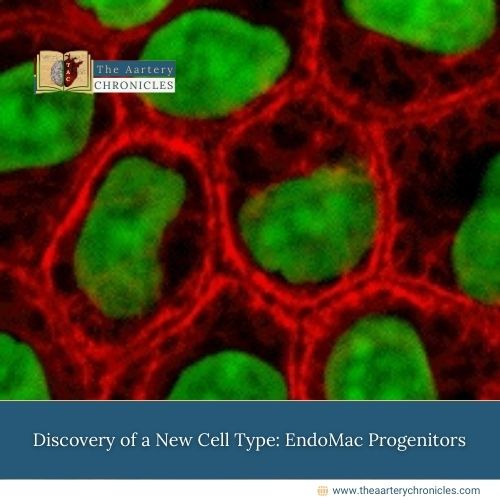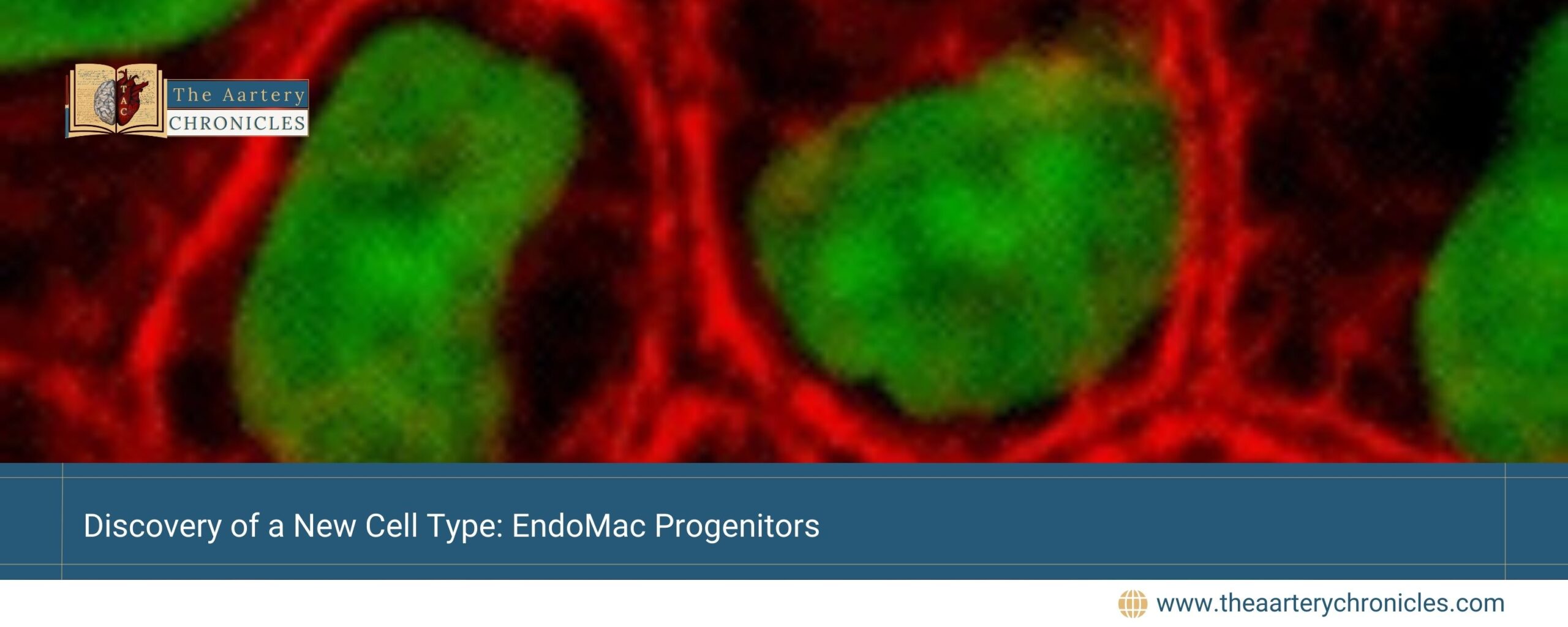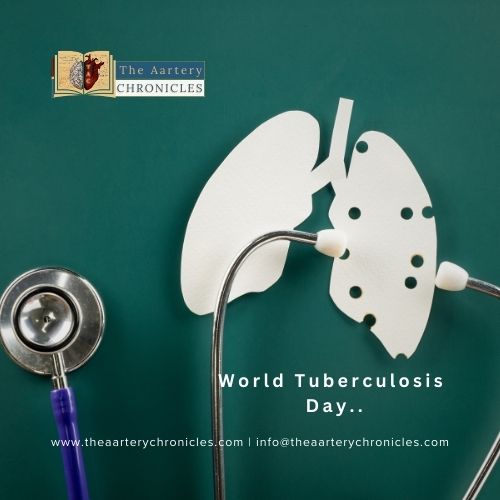

Discovery of a New Cell Type: EndoMac Progenitors
Introduction
Scientists from the South Australian Health and Medical Research Institute (SAHMRI) and the University of Adelaide have made a groundbreaking discovery after nine years of research. They have identified a new type of cell, called EndoMac progenitors, which could greatly improve the understanding of how mammals heal. This discovery has the potential to lead to new treatments for chronic conditions, especially diabetes.
What Are EndoMac Progenitors?
EndoMac progenitor cells were found in the outer layer of the aorta, a major artery, in adult mice. These cells are special because they can transform into two crucial types of cells:
- Endothelial cells, which form blood vessels, and
- Macrophages are immune cells responsible for repairing damaged tissue and defending the body against infections.
Dr. Sanuri Liyanage from SAHMRI explained, “EndoMac progenitor cells have the unique ability to transform into these two types of cells. They play a key role in growing new blood vessels when the body needs them.” She further added that these cells become active when there is an injury or a lack of blood flow, and they multiply rapidly to assist in the healing process.
Impact on Human Health
The discovery of EndoMac progenitor cells could revolutionize treatment options for humans. One of the major advantages of these cells is that they don’t carry typical “self” markers, which means the immune system is less likely to attack them. This makes them excellent candidates for stem cell therapy.
Current research suggests these cells could be particularly helpful in treating chronic conditions like diabetes, where the body’s ability to heal is impaired. When the scientists transplanted EndoMac progenitor cells into diabetic wounds, they observed significant improvements in healing within just a few days.
Historical Significance of the Discovery
This discovery confirms a theory that scientists have held for nearly a century: that cells like EndoMac progenitors exist. However, until now, they had never been identified in adult mammals. The research team, led by Professor Peter Psaltis from SAHMRI, finally found these cells hidden in the aorta of adult mice, filling a crucial gap in our understanding of the healing process.
Future Research
The next step for the researchers is to explore whether similar cells are present in humans. If they are, it could open new doors in regenerative medicine, especially for patients who struggle with natural healing. The findings have been published in the journal Nature Communications, and further research is expected to build on this exciting discovery.
Source: Inputs from various media Sources









